The Importance of Strength Training in Swimming
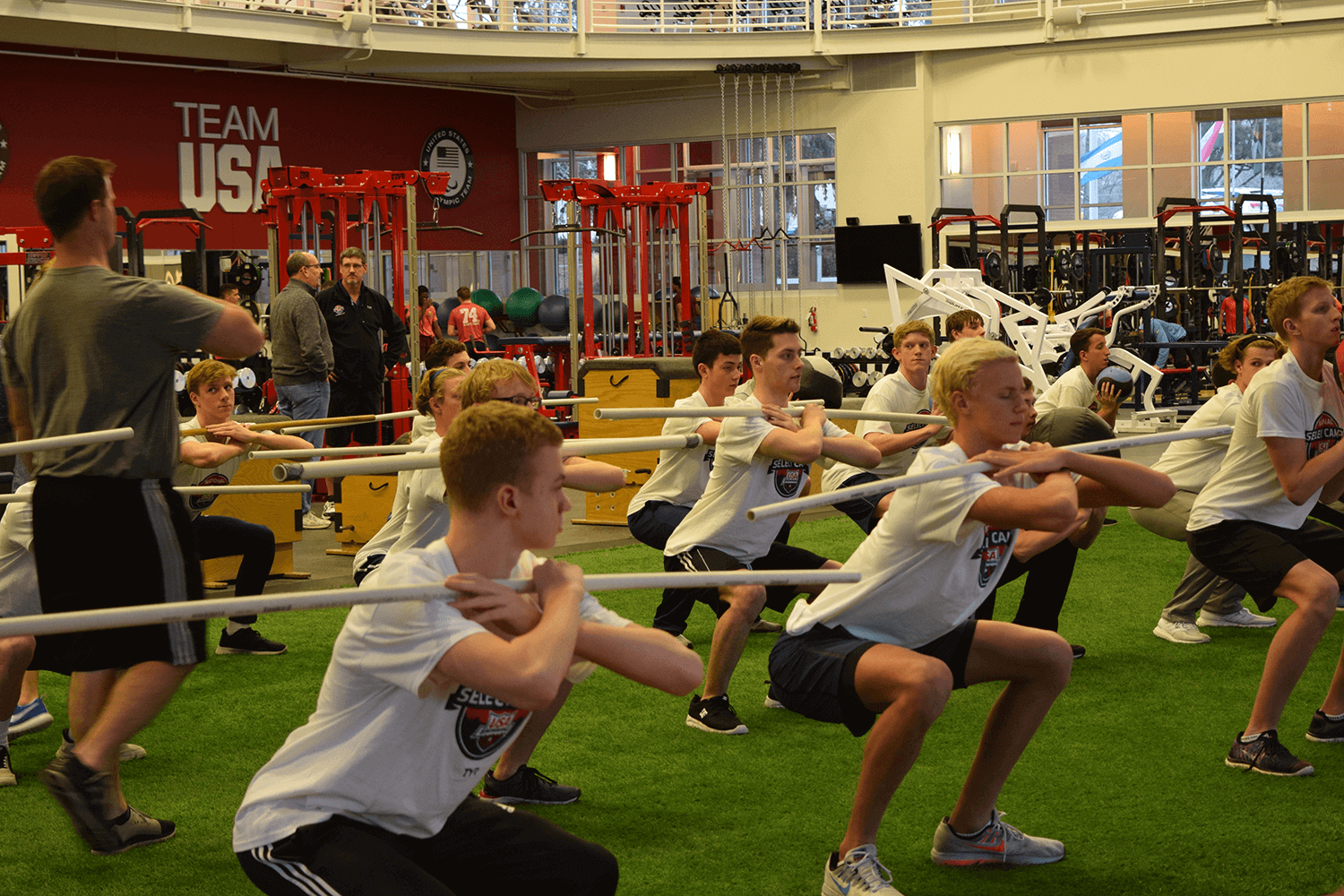
The Importance of Strength Training in Swimming
By Taylor Byers
Strength training comes in all sorts of variations depending on the age and level of the swimmers. For beginners, swimmers need some dryland exercises to start building athleticism. As they age, athletes need weights gradually added in order to incorporate strength and power into to their dryland routines in addition to improving athleticism.
The stage at which different exercises should be added is a controversial topic in the swim world: some coaches believe weight training should only be done once a swimmer enters college, while others believe it can start in high school. Different levels of weight training also need to be taken into consideration. Swimmers can do different variations of weight training that should be determined by the age and ability level of the swimmer. The bottom line is that on-land strength training is crucial to meeting the ultimate goal in swimming, which is to become the fastest you can possibly be. Here’s how:
Strength Training Builds Muscle
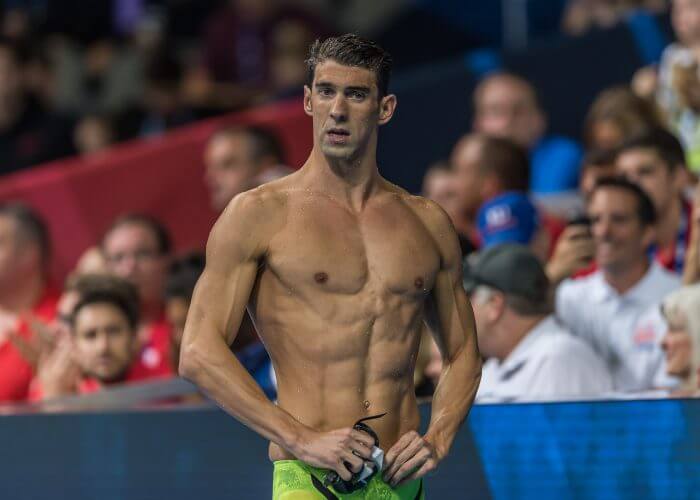
Photo Courtesy: Peter H. Bick
Swimming alone is a difficult exercise by which to build muscle. The body builds muscle whenever the muscle is exposed to stress. For example, by doing body weight or dumbbell movements, the muscle is triggered to resist the force of gravity by contracting. Micro-tears in the tissue then occur by the contracting. As the body repairs these micro-tears, additional muscle is built up. Because the effect of gravity is greatly reduced in the water, the contracting of the muscles is not as strong, making this tissue growth more effective on land.
It Helps Prevent Injury
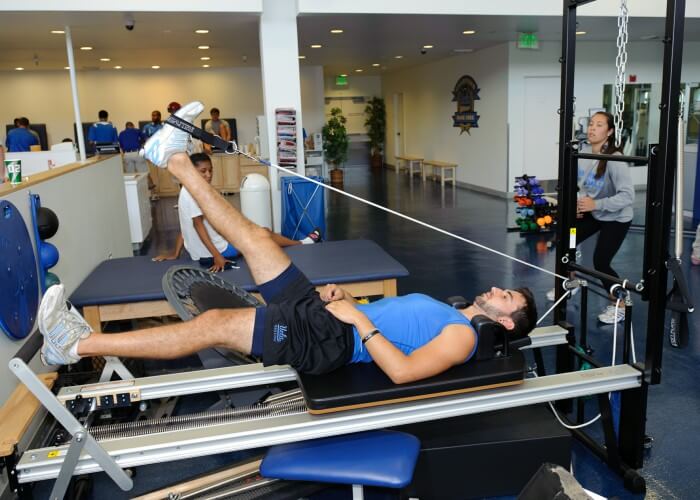
Photo Courtesy: Don Liebig
Swimming has a lot of repetitive motions which can lead to injuries. Doing strength training mixes up the repetitive motions done in the pool and challenges the muscles to move differently. Strength training can target underdeveloped muscles and relieves demand on those muscles that are more stressed in the water. Also, having stronger muscles can put less stress on the joint, tendon, and ligament areas. Some common areas swimmers work on land are the shoulders and back.
Strength Training Teaches Proper Biomechanics
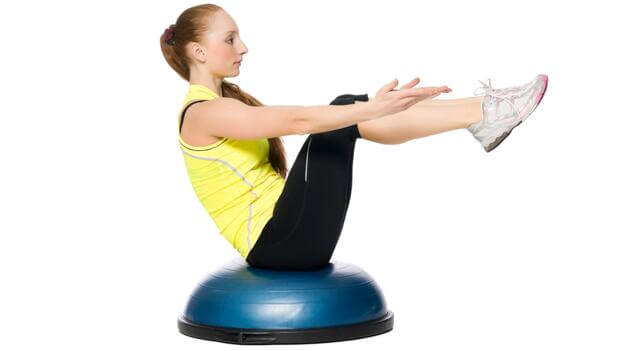
Photo Courtesy: Active.com
Athleticism is an important concept that all swimmers should master. There is a specific technique that comes with each exercise on land that swimmers must learn in order to receive the full benefits of the exercise and not get injured while doing them. This requires focus, coordination, balance, stability, etc. What you do on land carries into the water, so being a great athlete on land helps you become a great athlete in the water.
It Helps Generate More Power
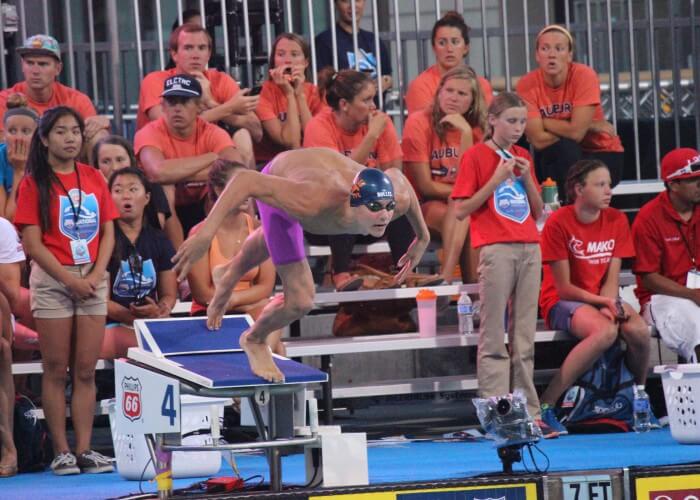
Photo Courtesy: Griffin Scott
Strength training can help create power in different ways than you can in the pool. Your legs can only push off the wall or the blocks as strong as the current muscle and nerve connections they have. By developing more power on land, swimmers can have more power to explode off the blocks faster and push off the walls harder. This explosiveness can be developed on land by doing a certain speed or tempo while completing the strength exercise. Working both speed and strength creates that power swimmers want.
Strength Improves Taper
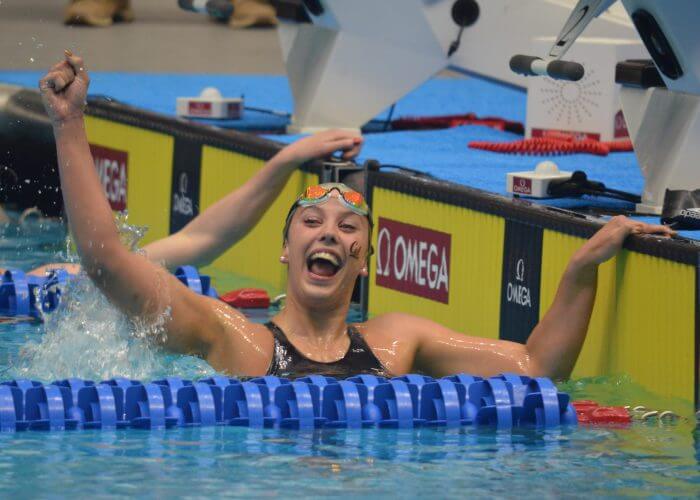
Photo Courtesy: Dan D’Addona
Lastly, strength training improves your taper. All in all, taper is resting the muscles, nervous system and everything swimmers have built up over the course of months doing rigorous training. The more muscle a swimmer has, the more muscle there is to rest. When resting, the volume of yardage is usually decreased, however, it is found that strength performance is retained for several weeks during reduced training. This means that if swimmers build strength during the season, it will be maintained and fully demonstrated during performance, since the muscles are being rested and not fatigued during taper.
Although the muscles are torn down from training and rebuilding toward the beginning and throughout the season, your strength training truly shines during the end of the season. The end-of-the-year championship meet is when swimmers want to go their fastest, so they taper to be able to do so. All the work put in is now rested so that swimmers are ready to swim fast.
Strength training is both an art and a science in competitive swimming. The right formula is needed for peak performance and needs to be designed for each individual swimmer depending where they are in their swimming career. What kinds of strength training exercises do you do to build speed and power?
All swimming training and instruction should be performed under the supervision of a qualified coach or instructor, and in circumstances that ensure the safety of participants. All commentaries are the opinion of the author and do not necessarily reflect the views of Swimming World Magazine nor its staff.




Landon Lennex
Jonathan Mastin
?
Chuck Garrett
Good stuff.
Nikki Hinojosa
Andrew Eggersgluss
Aidan
Carli Cheatham
Everett Goldberg
Jenny Kuhn
Isabella Cesareo
Lauren Lennartz
Betsy Bertling South Christmas break seems to have a nice ring to it, doesn’t it?! ?
Satyajit Dixit
Jānis Siliņš
Ena..
Owen Webber so true!
Mira Roberto Daniel Lagos Zorondo
Lisa Howson Niva please show this to tbe S S J ‘S :-)))))
David W Brown Not surprising information! Thanks for sharing
Jim Repka
Jamie Tyson Poppy Tyson
Lauren Ashleigh
I would claim that resistance swim training can provide enough stress to build muscle while providing 100 percent specificity and instant feedback on technique through proprioception. I wouldn’t rely on the strength coach for an objective observation of swimmers reaching peak performance.
Chloe mckenna read this. Kathryn Stares can you get chloe to read this.
Trevan Valena
Linda Joubert Simone Mare
Anyone have some good online resources for strength programs for female high school swimmers?